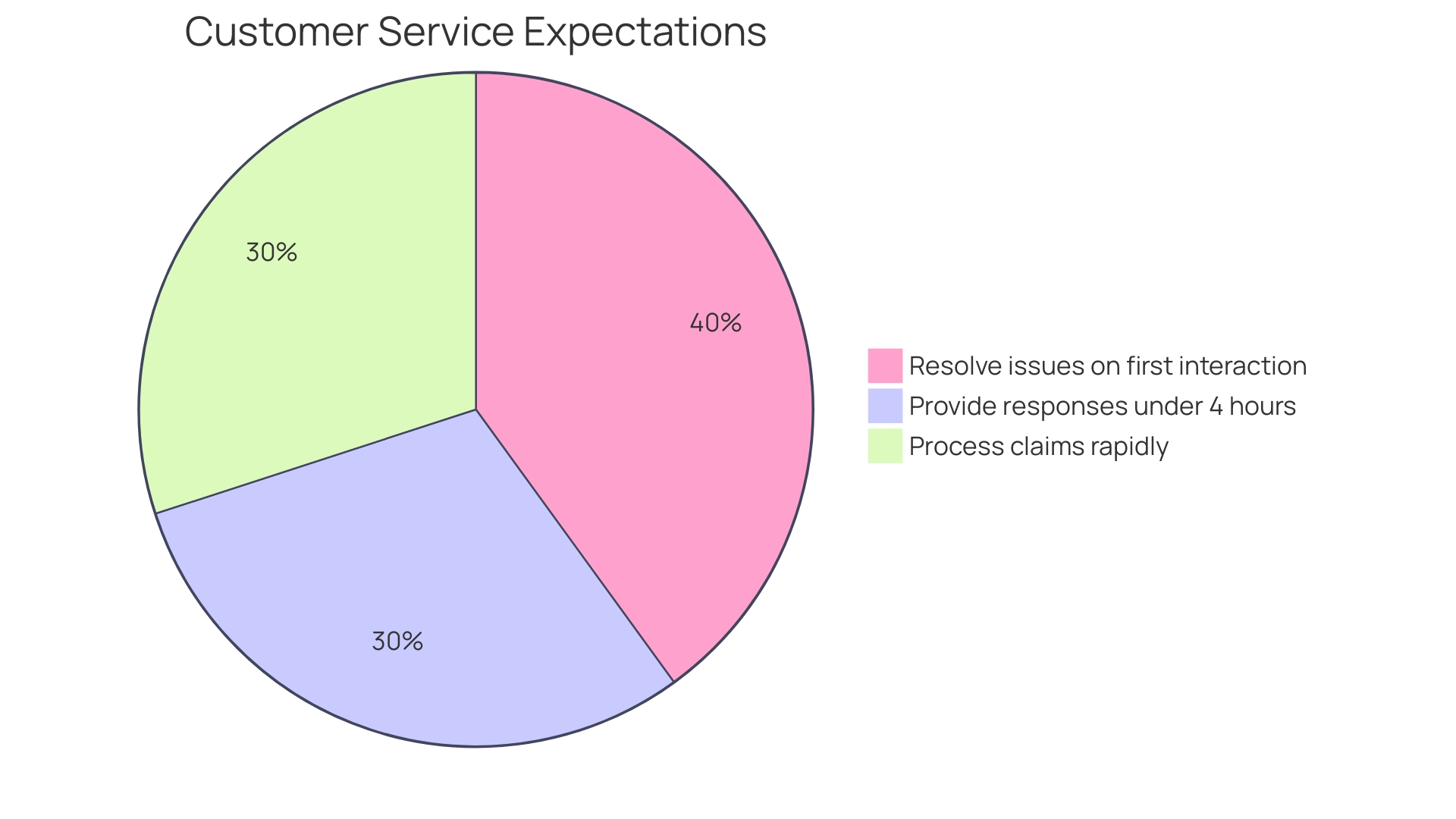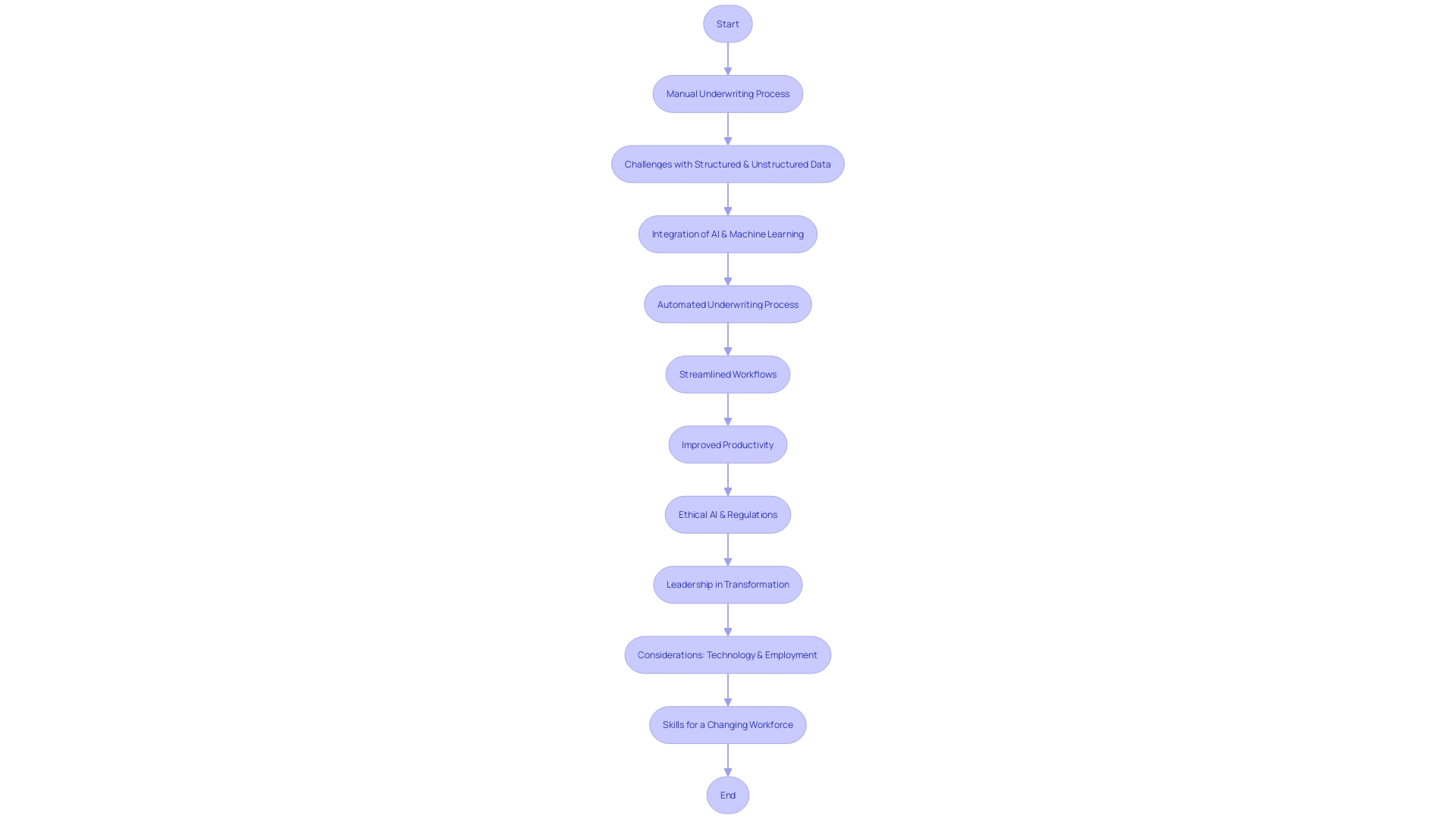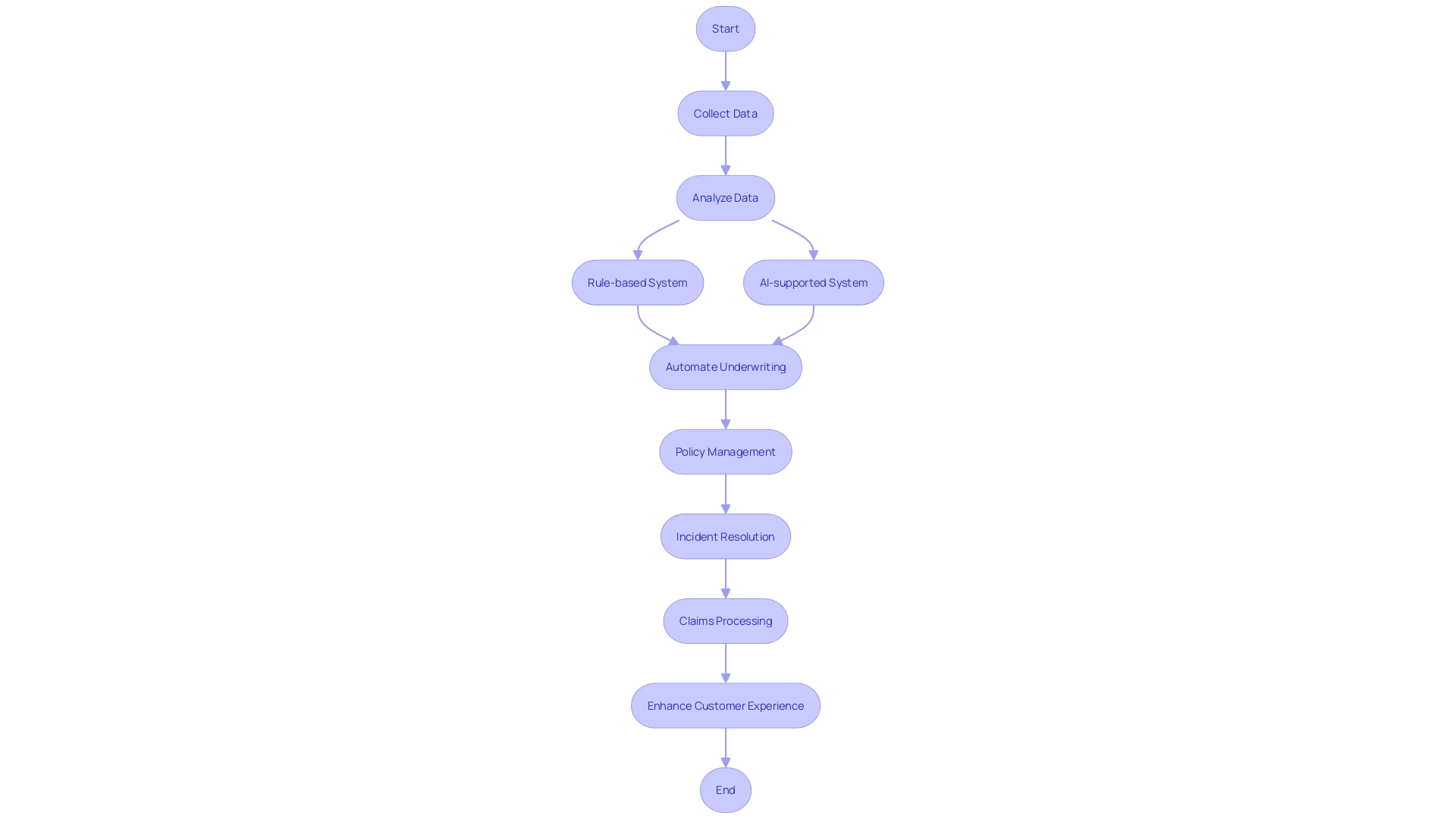Introduction
The insurance industry is undergoing a transformative shift, driven by the integration of automation and advanced technologies. This shift is not just a buzzword; it’s a reality that is reshaping the way insurers process claims, underwrite policies, and provide customer service. With the implementation of AI, machine learning, and business rules engines, insurers are now able to process vast amounts of data with unparalleled efficiency.
This automation not only reduces manual workload but also enhances accuracy, streamlines operations, and improves customer satisfaction. In this article, we will explore the benefits of automation in insurance, its impact on underwriting, claims processing, risk management, and customer service. We will also discuss the challenges and considerations in implementing automation and highlight successful case studies.
Furthermore, we will delve into the evolving role of automation in the insurance industry and its future outlook, emphasizing the opportunities it presents for insurers to distinguish themselves in a competitive market. So, let’s dive into the transformative potential of automation in the insurance industry.
Benefits of Automation in Insurance
The revolution of claims and underwriting through mechanization is not only a visionary concept; it is the current actuality reshaping the sector. With the integration of advanced technologies like AI and machine learning, insurers are now able to process vast amounts of data with unparalleled efficiency. For instance, the implementation of business rules engines has significantly reduced the manual workload for underwriters, allowing them to focus on more strategic aspects of risk assessment. Automation in the insurance realm goes beyond mere buzzwords, fostering a new era of accuracy and expedited service that benefits both the providers and their clients.
Recent advancements have seen a worldwide deployment of around 3.5 million industrial robots, marking a new era in the field of mechanization, particularly within the automotive and electronics sectors. The service industry is not far behind with the rise of chatbots and IoT devices, signifying a broader adoption of these transformative solutions. This surge in automation aligns with reports showing that a majority of senior executives, about 77%, are now embracing AI, reflecting a significant increase from prior years.
The effect of these changes on the coverage sector is significant. Traditional methods of underwriting, once bogged down by manual data entry and the potential for human error, are now streamlined by automated systems, ensuring consistency and reducing operational costs. The once arduous task of manually reviewing claims and policy risks is now supported by sophisticated algorithms that enhance the underwriting process. These innovations not only drive efficiency but also open doors to new levels of operational excellence and client satisfaction, thus securing a competitive edge in the dynamic landscape of risk coverage services.
Automation in Underwriting: Precision and Speed
Automation is revolutionizing the underwriting process of the industry by replacing the traditional, manual approach with advanced algorithms and data analytics. This digital transformation is enhancing the precision and velocity of risk evaluation, which is crucial in determining the terms of coverage policies. By automating the underwriting process, insurers can now process data with unprecedented quickness, reducing the likelihood of human error and operational costs associated with manual data entry. With 77% of senior executives reporting the adoption of AI in their operations, it’s evident that technology is becoming an integral part of the industry. This shift is not just about efficiency; it’s about the evolution of the sector, as insurers embrace new technologies to stay competitive and meet the growing demands of the digital age. Moreover, the introduction of AI and business rules engines is allowing underwriters to focus on more strategic tasks, transforming their role to one that leverages human expertise with machine efficiency.
Automation in Claims Processing: Efficiency and Accuracy
Automation has notably transformed the industry, particularly in the realm of processing. By integrating advanced technologies, companies in the insurance sector can now expedite the intake, evaluation, and settlement phases of claims. This evolution has led to more streamlined operations, diminished manual inaccuracies, and swifter resolutions for claimants.
In the complex procedure of insurance adjustment, the assessment and resolution of demands are crucial. Adjusters, particularly in the context of fire-related claims, are relying more and more on visual documentation provided by images to evaluate the damage. These images are essential for assessing the extent of structural and personal property damage, acting as undeniable evidence throughout the process of making a case. The visual records aid in verifying assertions and establishing equitable remuneration, thereby improving assertion validation.
The emergence of generative artificial intelligence (GenAI) has further propelled the sector into the future. GenAI aids in modernizing the claims process in several ways, including improving customer experience during the First Notice of Loss intake. It enables a more efficient assessment of policy coverage and aids in identifying missing information, summarizing key points, and highlighting areas requiring clarification.
Despite the promising applications of AI in the field of risk management, a significant number of companies continue exploring how to fully harness its potential. While 91% of financial services and risk protection leaders acknowledge launching AI proofs of concept, only 36% report widespread application across business functions. This suggests a terrain ready for expansion and creativity, with a critical requirement for a fail-fast strategy and cultural consciousness within the sector.
The market for insuring is at a crossroads, faced with deciding whether to lead or follow in the GenAI revolution. A strong ethical framework and transparency about the performance of digital tools are essential to navigating this new terrain. Indeed, as the sector transitions from traditional practices to digital channels, the role of AI in risk assessment and underwriting has become increasingly important. With 87% of carriers and TPAs acknowledging the necessity for creative services in processing, the utilization of AI to back underwriting has turned into an inventive approach to technology used for risk evaluation.
In general, the operational change of the insurance sector towards digital solutions, combined with the strategic use of artificial intelligence, is shaping a new model in claims processing and underwriting. The transformative potential of AI is propelling the sector towards more efficient, accurate, and customer-centric operations.
Automation in Customer Service: Personalized and Responsive
The integration of generative artificial intelligence (GenAI) into the industry has been transformative, especially in enhancing customer service. With over 91% of leaders in the financial services and insurance industry initiating AI proofs of concept, the shift towards using technology is evident, particularly in the handling of insurance claims and the assessment of risk. In fact, a study shows that only 36% are using AI extensively, highlighting a significant opportunity for growth.
Property and casualty insurers have been pioneers, leveraging GenAI to meet customer expectations for rapid response and personalized service. Jack Martin from The General, an American Family Insurance company, underscores this trend by deploying technology to meet customers where they are, like with their mobile app.
Moreover, customer service statistics reveal a telling demand for immediacy: 45% of consumers expect their issues resolved in the first interaction, and almost half demand responses in under four hours. This sense of urgency is especially evident in processing of claims, where a survey conducted by Sollers Consulting and Ipsos revealed that 52% to 63% of customers give high importance to rapid response, with the highest expectation in the UK at 63%.
The drive for mechanization in assertions is additionally bolstered by the understanding that prompt assertions handling surpasses even the remuneration sum for client fulfillment. The financial services sector has seen operational improvements and technology enhancements become as critical as customer experience, a dramatic shift from seven years prior. This convergence of priorities sets a new bar for customer care functions to excel across the board, blending efficiency with exceptional service.

Automation in Risk Management: Enhanced Risk Assessment
Automation and intelligent solutions are quickly creating a new path in the industry, especially in the areas of risk management, underwriting, and claims processing. The traditional methods of underwriting, with their manual data entries and time-consuming processes, are being replaced by innovative technologies that streamline operations and provide more accurate risk assessments. For instance, the integration of predictive modeling and advanced data analytics enables a more precise evaluation of policyholder risks, transforming the landscape of risk management.
The transition to automation is emphasized by a significant movement among executives in the insurance sector, with a survey indicating a 16 percentage point increase in AI adoption over the previous year. This showcases an increasing acknowledgment of the value provided by AI and other technologies in enhancing efficiency and accuracy in the sector of risk coverage. The use of AI not only accelerates underwriting and claims processes but also offers personalized coverage options by analyzing vast amounts of data, which significantly aids in fraud detection and loss prevention.
Furthermore, the current economic scenery, with its increasing expenses and changing consumer behaviors, underscores the necessity for the auto coverage sector to adopt technological advancements. Automation is not just a trend but a necessity to future-proof organizations against the evolving demands of the business world. For example, AI and business rules engines are reducing routine tasks, thus enabling underwriters to focus on strategic challenges that require their expertise.
As the industry continues to move away from conservative perceptions and towards a tech-forward future, it’s clear that technology, which has been the backbone of the industry since the 1960s, will play an even more critical role. Underwriters are now empowered to manage data more efficiently, communicate with stakeholders, and apply sophisticated risk analyses with the assistance of AI, leading to a more streamlined and effective risk management practice.
Challenges and Considerations in Implementing Automation
Implementing mechanization in the sector involves a multifaceted approach to enhance the underwriting process, traditionally known for its meticulous, manual methods. The integration of automation propels this cornerstone of risk management into the digital age, streamlining workflows, improving productivity, and elevating operational efficiency. Automating underwriting allows for rapid analysis and processing of data, cutting down the time-consuming tasks of human underwriters. However, it’s not without challenges, such as navigating the complexity of mixed structured and unstructured data, which can block the efficient processing of applications across various coverage lines. AI and machine learning stand out as powerful tools to overcome these obstacles, enabling effective data management and prioritization.
The insurance sector is also dealing with the rapid pace of technological advancements. Leaders play a critical role in guiding transformation, ensuring the adoption of AI is meaningful and aligns with established rules and regulations. For example, New York’s recent regulatory guidance emphasizes the responsible use of AI, underscoring the need for ethical applications that avoid unfair practices. Meanwhile, insurers are tapping into Ai’s potential to expedite underwriting and claims processing, leveraging historical data for risk evaluation, detecting fraud, and producing precise loss reports. The rise of large-language-models (LLMs) in the business world is evidence of the transformative potential of AI, which is currently being utilized to analyze the extensive and complex data that insurers deal with on a daily basis.
Although the field of insuring has historically progressed at a leisurely pace, there is an increasing need to adopt AI and mechanization due to their evident advantages in productivity and customer contentment. Nonetheless, the transition brings forth considerations regarding the interplay between technology, employment, and the requisite skills for a changing workforce. As we explore further into the technology revolution, it’s vital to tackle the ethical and employment implications of AI and mechanization, ensuring that the workforce is ready and that there is equitable opportunity for all to participate in this new era of work.

Case Studies: Successful Automation in Insurance
The incorporation of mechanization into the industry of assurance is transforming the scenery of claims and underwriting, greatly improving the client experience and streamlining operational efficiency. For instance, Alm. Brand Group, a notable Danish insurer, has started a new endeavor with Cognizant to automate a range of business procedures, including the management of policies and routine administrative tasks. This strategic move is aimed at bolstering the company’s competitive edge by refining efficiency and elevating the customer experience.
Similarly, Mutua Madrileña, the top insurer in Spain, has addressed the intricacy of its IT system by adopting technology solutions to accelerate incident resolution and lower operational expenses, resulting in enhanced overall efficiency and user satisfaction. These real-world deployments highlight the transformative potential of mechanization in the insurance sector.
A recent survey by Sollers Consulting and Ipsos unveils an important trend: customers prioritize speedy processing of insurance requests, with a significant percentage across various countries citing prompt response times as a top expectation. This feedback is pushing insurers to expedite their claims efforts to meet customer demands for speed and efficiency.
Further highlighting the move towards AI technologies, a comprehensive survey highlights that a marked increase of 16 percentage points has occurred in the number of senior executives adopting AI technologies within the year. This adoption signals a departure from the traditional perception of the insurance field as slow to embrace change, showcasing instead its history of integrating new technologies to support its operations.
As we delve into the future of risk and innovation, it becomes clear that AI and business rules engines are playing a pivotal role in reducing mundane tasks, allowing underwriters to focus on more strategic aspects of their roles. The ever-changing aspect of underwriting, marked by intricate data management and risk analysis, is being transformed by the use of technology, resulting in enhanced and mistake-free processes.

Future Outlook: The Evolving Role of Automation in Insurance
As technology progresses, its influence on the insurance industry is becoming more and more significant. Introducing mechanization into the underwriting process, for instance, has marked a significant shift from traditional methods that were slow and error-prone. Now, insurers are utilizing the power of mechanization to analyze and process data with unparalleled speed, enabling them to bypass the burdensome manual work that once weighed down human underwriters.
The transformative effects of automation are not limited to underwriting alone. AI and business rules engines are streamlining various tasks, freeing up underwriters to focus on more complex, strategic issues. The introduction of AI, which has been adopted in some form by 77% of senior executives, reflects a dynamic shift in a sector often misperceived as resistant to change. In reality, the insurance sector has a long history of embracing new technologies, from the early days of punch cards to the current era of tablets and mobile devices.
Despite these advances, the demands on underwriters remain high. A typical day involves sifting through copious emails and performing meticulous data entry into multiple systems—all while conducting sophisticated risk analysis. However, the future holds promise, as advancements such as Generative AI have the potential to revolutionize the field. By leveraging large-language-models (LLMs) to analyze the vast troves of data generated daily, insurers stand on the cusp of a revolution in data processing and risk assessment.
Furthermore, as the field maneuvers through a terrain characterized by economic changes and increasing consumer demands, the implementation of mechanization technologies is not only about keeping up—it’s about spearheading the advancement into a future where operational effectiveness and forward-thinking are crucial for achieving success. The necessity for insurers to actively adjust is emphasized by the fact that macroeconomic factors such as inflation and the possibility of recession are imminent threats to business growth, according to insights from leaders in the field.
In essence, the ongoing integration of automation into insurance claims and underwriting is not just reshaping workflows—it’s redefining the industry’s future, presenting opportunities for insurers to distinguish themselves in a competitive market.
Conclusion
In conclusion, automation is revolutionizing the insurance industry. It improves efficiency, accuracy, and customer satisfaction across claims processing, underwriting, risk management, and customer service. With advanced technologies like AI and machine learning, insurers can process data efficiently, reduce manual workload, and streamline operations.
This provides a competitive advantage in a rapidly evolving market.
Automation in underwriting replaces manual approaches with advanced algorithms, enhancing the speed and accuracy of risk evaluation. It allows insurers to process data quickly, reducing human error and operational costs. Underwriters can focus on strategic tasks, combining human expertise with machine efficiency.
In claims processing, automation expedites the entire process, resulting in streamlined operations and faster resolutions for claimants. Generative AI improves customer experience, assesses policy coverage, and identifies missing information, enhancing efficiency and accuracy.
Automation also transforms customer service, meeting expectations for rapid response and personalized service. By leveraging AI, insurers can provide efficient and immediate support to customers, enhancing overall satisfaction.
In risk management, automation streamlines operations and provides accurate risk assessments. Predictive modeling and advanced data analytics enable precise evaluation of policyholder risks, aiding in fraud detection and loss prevention.
Implementing automation comes with challenges, such as managing mixed data and ensuring ethical use of AI. However, the benefits in efficiency and client satisfaction make it a necessary transition. Addressing ethical and employment implications is crucial for a smooth transition.
Successful case studies highlight the transformative potential of automation in the insurance industry. These examples demonstrate improved efficiency, customer experience, and operational effectiveness. The future outlook for automation in insurance is promising, with advancements revolutionizing underwriting, claims processing, and risk assessment.
Automation presents opportunities for insurers to stand out in a competitive market.
In summary, automation is reshaping the insurance industry, offering practical solutions to improve efficiency, accuracy, and customer-centric operations. It is a vital tool for insurers to stay competitive, adapt to evolving demands, and provide exceptional service in a rapidly changing landscape.
Take advantage of automation to stand out in the competitive insurance market!
